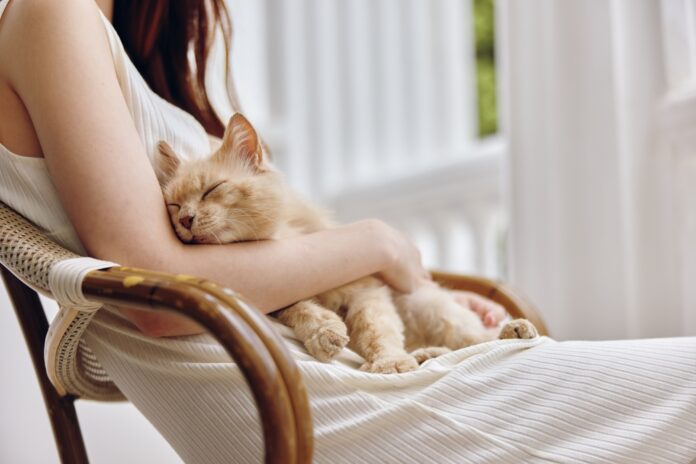Nix those ticks with SonicGuard

Looking for a chemical-free way to protect your pets from ticks and fleas? Reach for SonicGuard — an ultrasonic prevention method!
Ticks have become a huge problem in recent years. They’re spreading everywhere, and they can carry some scary illnesses, such as Lyme disease, that affect pets as well as people. Finding effective, affordable, non-toxic ways to protect your animal from ticks can be a headache — but thanks to an innovative product called SonicGuard, which became available across North America early this spring.
It all started ten years ago in Italy, where former dog house salesman Daniel Kiss met a professor who had lost his dog to a tick-related disease. The professor was experimenting with various ways to repel ticks and had come up with a unique idea – an innovative device that uses high frequency ultrasound to keeps ticks at bay.
Daniel immediately saw that this groundbreaking device — now called SonicGuard — could fill an important niche. Most tick products contain an arsenal of chemicals, yet more and more animal caregivers are looking for non-toxic solutions to ticks and other pests. SonicGuard offers the best of both worlds – it’s an effective tick repellent that’s also absolutely harmless to people and their pets. So Daniel purchased the rights to the device and started selling SonicGuard throughout Europe, where it soon became a number one product among those who want to repel ticks without resorting to toxic chemicals.
SonicGuard technology
SonicGuard makes protecting your furry friend from ticks both simple and effective. The device is clean, safe, ecologically friendly and easy to use. Intended for preventive purposes, it works by emitting a series of ultrasound pulses that are harmless and imperceptible to us and our animals, but will disturb ticks, repelling them from pets and keeping them at bay.
Because it’s chemical-free, SonicGuard is a safe option for young, elderly, ill and pregnant animals. It’s also drop-proof and can stay on your animal 24/7 for continuous protection. And since dogs and cats are not the only species who have to worry about ticks, the company also offers products designed for humans (including infants and children) as well as horses.
The technology behind SonicGuard is firmly based in science, and has undergone several tests in laboratories, universities and tick-infested areas, with astonishing results. The latest testing, done just last year, yielded some impressive findings: 94% of the test participants had no ticks at all, 6% had fewer ticks, and zero participants had more.
 SonicGuard devices also repel fleas, and the company has recently introduced a product line that repels dust mites, a source of allergies in many people and animals.
SonicGuard devices also repel fleas, and the company has recently introduced a product line that repels dust mites, a source of allergies in many people and animals.
Though the technology was born in Europe, SonicGuard is now also available across the US and Canada. You can learn more about it — and purchase SonicGuard devices — at sonicguardusa.com.
Not only is SonicGuard a safe, non-toxic and effective tick-repellent, it’s also more than affordable. You can get one year of protection for as little as $39.90 – that’s a lot less than what you’d spend on chemical tick preventives over 12 months, and a very small price to pay for protecting your human and animal family from Lyme and other tick-borne diseases!




